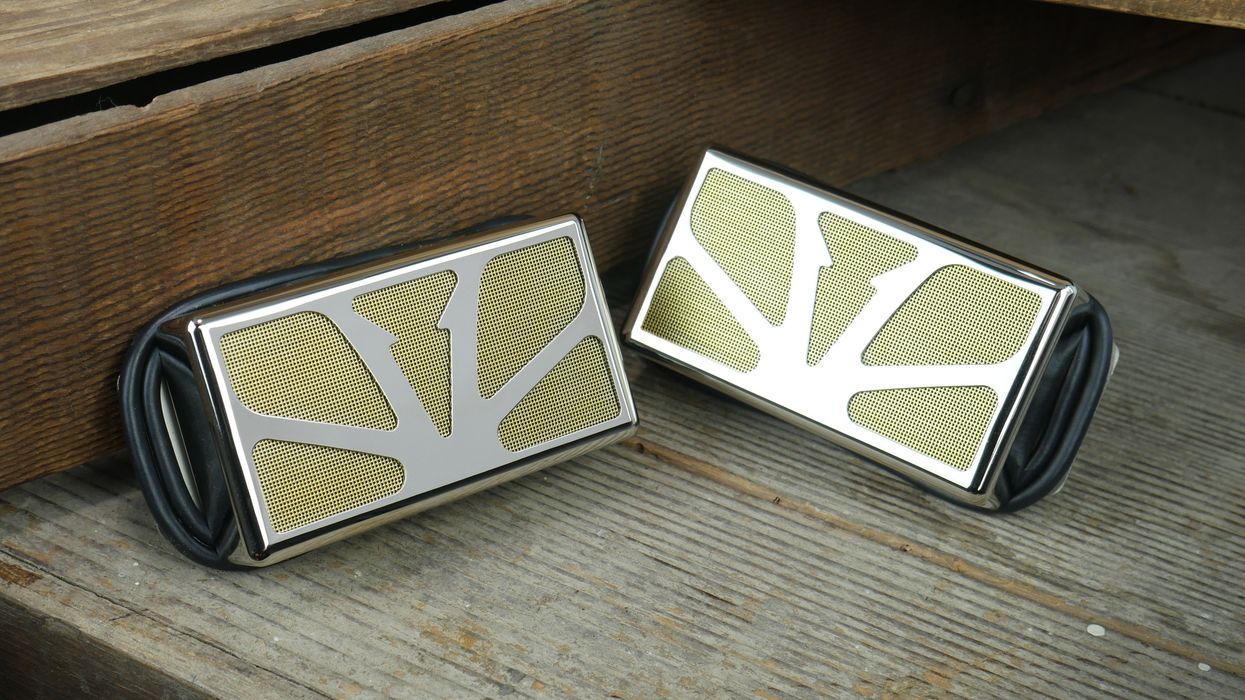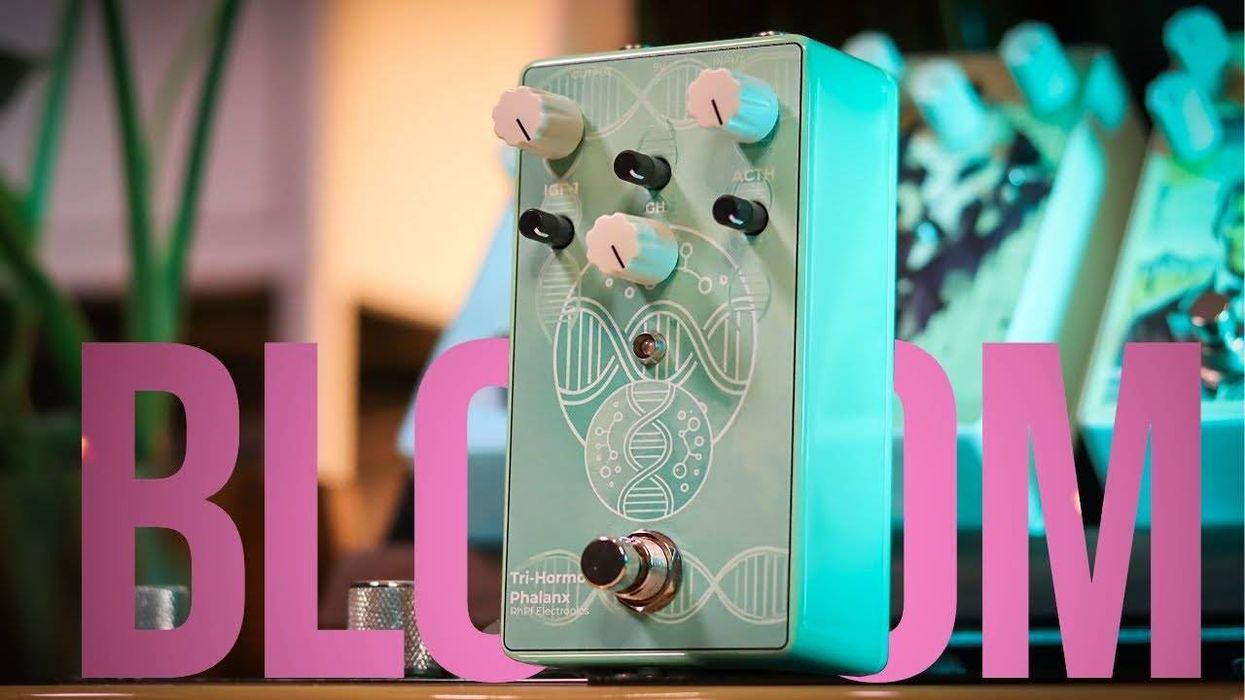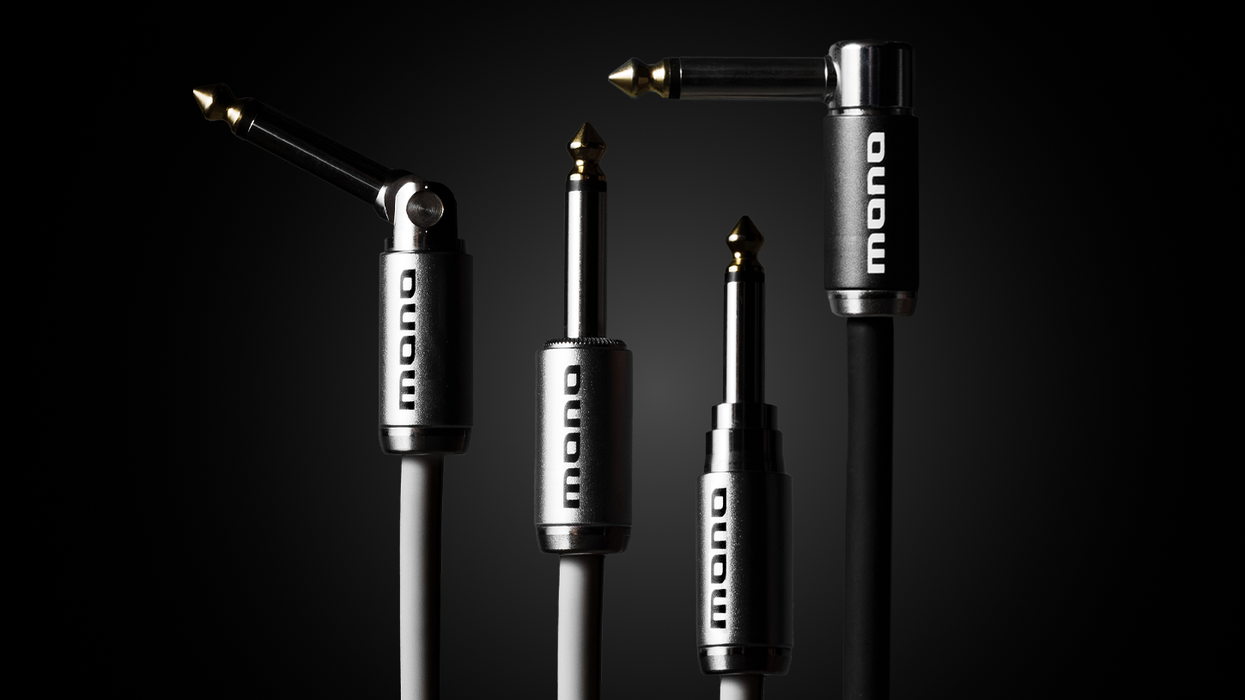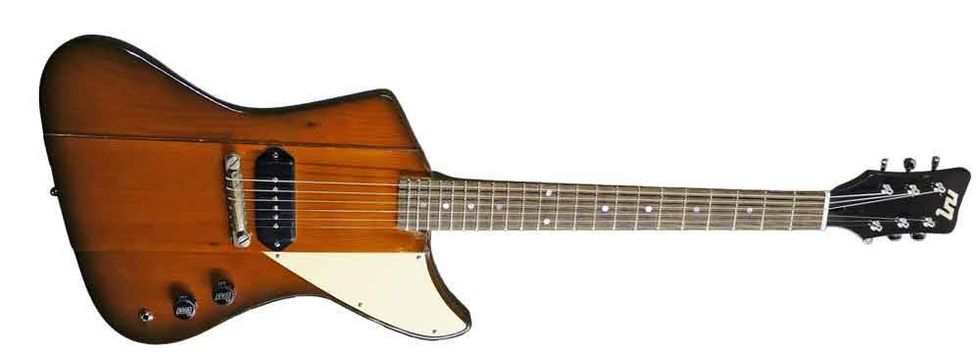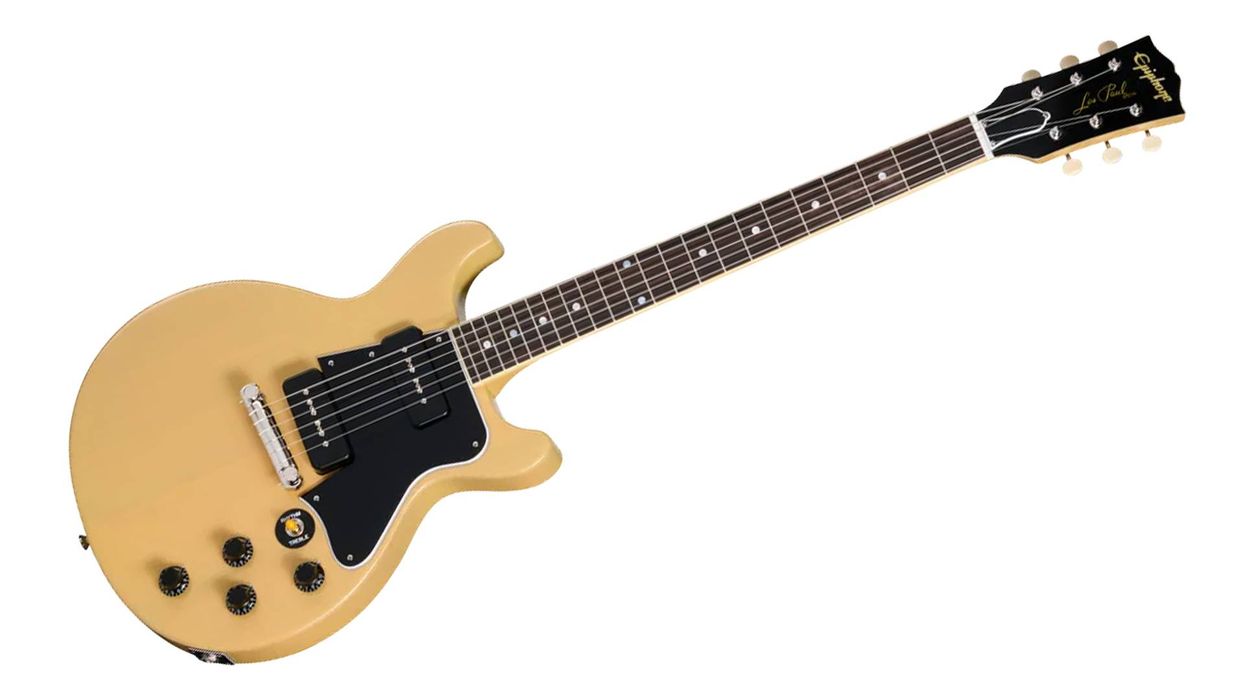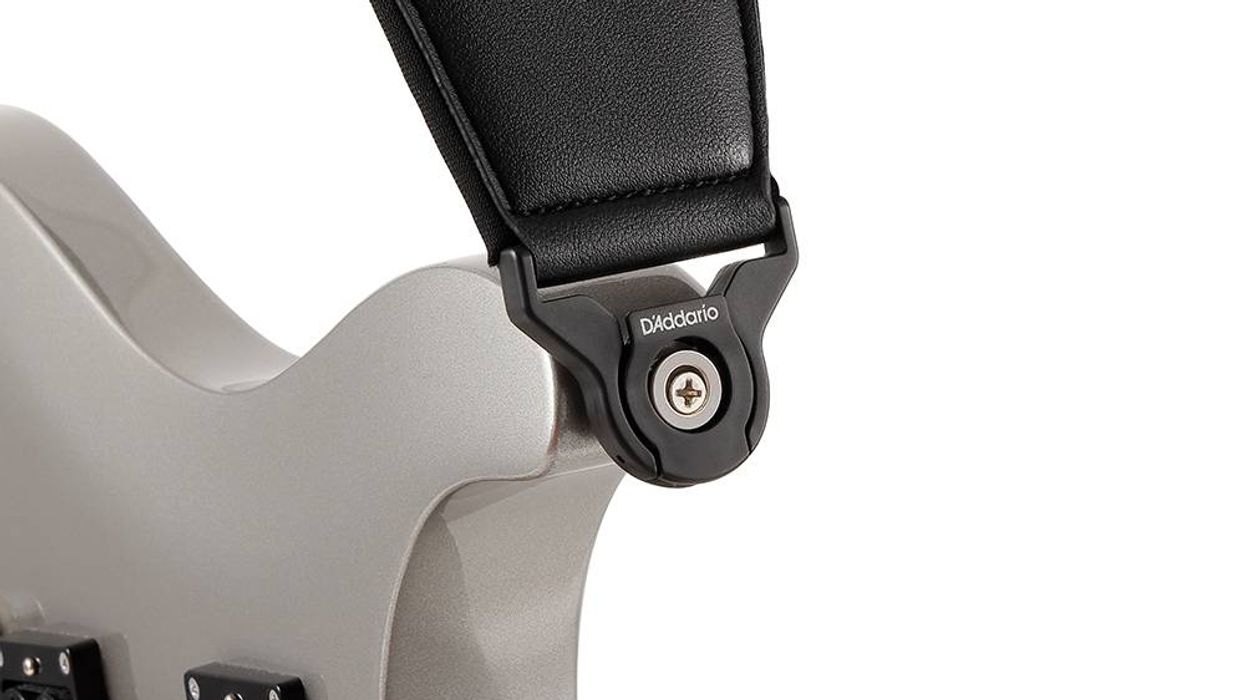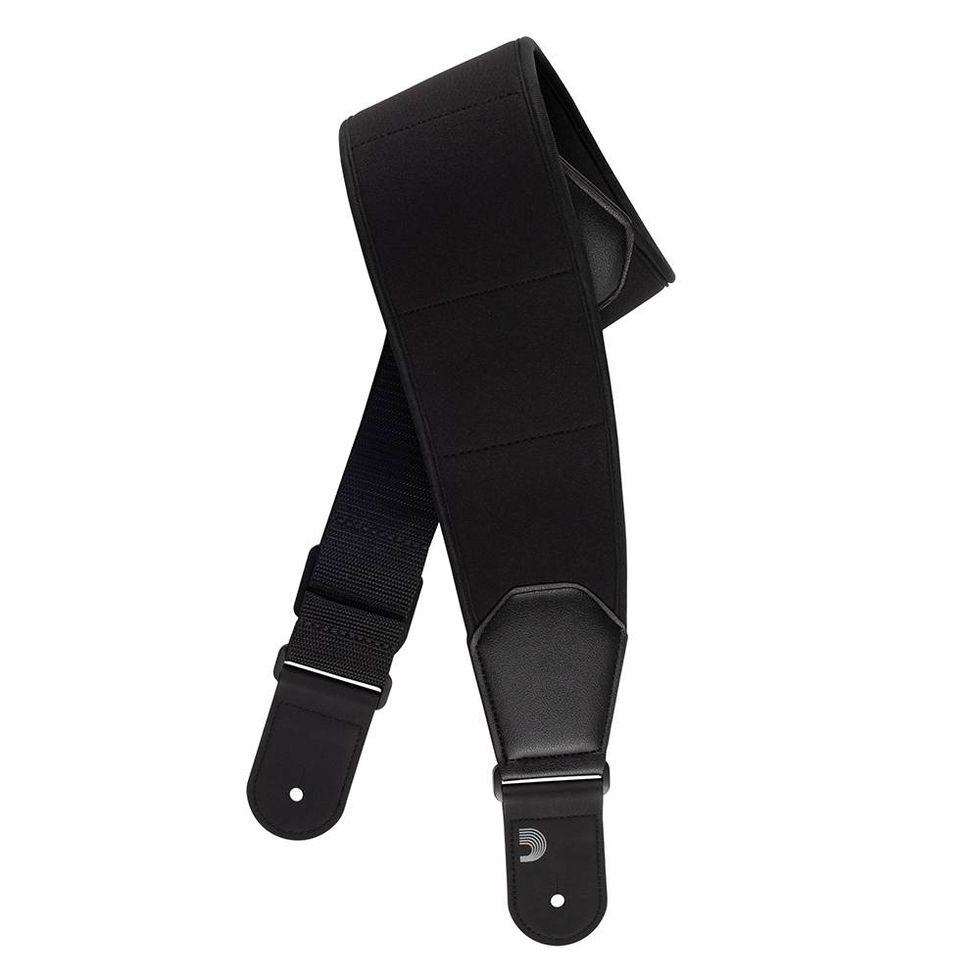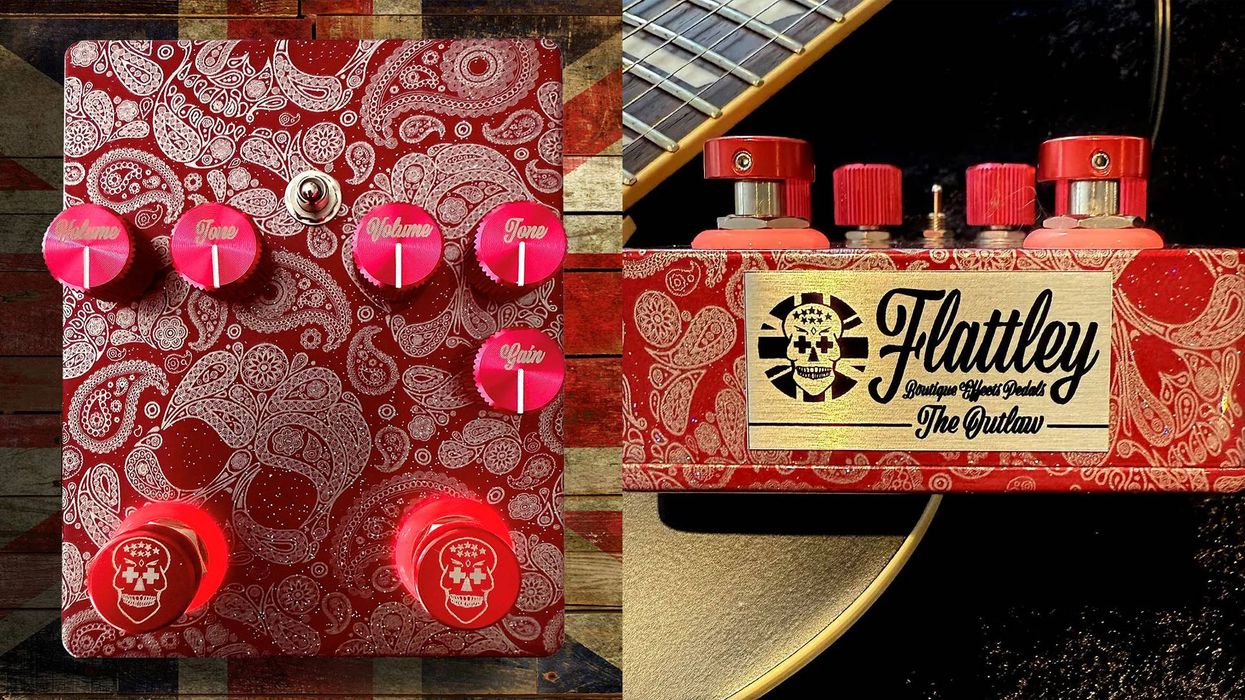Lollar Pickups introduces the Deluxe Foil humbucker, a medium-output pickup with a bright, punchy tone and wide frequency range. Featuring a unique retro design and 4-conductor lead wires for versatile wiring options, the Deluxe Foil is a drop-in replacement for Wide Range Humbuckers.
Based on Lollar’s popular single-coil Gold Foil design, the new Deluxe Foil has the same footprint as Lollar’s Regal humbucker - as well as the Fender Wide Range Humbucker – and it’s a drop-in replacement for any guitar routed for Wide Range Humbuckers such as the Telecaster Deluxe/Custom, ’72-style Tele Thinline and Starcaster.
Lollar’s Deluxe Foil is a medium-output humbucker that delivers a bright and punchy tone, with a glassy top end, plenty of shimmer, rich harmonic content, and expressive dynamic touch-sensitivity. Its larger dual-coil design allows the Deluxe Foil to capture a wider frequency range than many other pickup types, giving the pickup a full yet well-balanced voice with plenty of clarity and articulation.
The pickup comes with 4-conductor lead wires, so you can utilize split-coil wiring in addition to humbucker configuration. Its split-coil sound is a true representation of Lollar’s single-coil Gold Foil, giving players a huge variety of inspiring and musical sounds.
The Deluxe Foil’s great tone is mirrored by its evocative retro look: the cover design is based around mirror images of the “L” in the Lollar logo. Since the gold foil pickup design doesn’t require visible polepieces, Lollartook advantage of the opportunity to create a humbucker that looks as memorable as it sounds.
Deluxe Foil humbucker features include:
- 4-conductor lead wire for maximum flexibility in wiring/switching
- Medium output suited to a vast range of music styles
- Average DC resistance: Bridge 11.9k, Neck 10.5k
- Recommended Potentiometers: 500k
- Recommended Capacitor: 0.022μF
The Lollar Deluxe Foil is available for bridge and neck positions, in nickel, chrome, or gold cover finishes. Pricing is $225 per pickup ($235 for gold cover option).
For more information visit lollarguitars.com.
